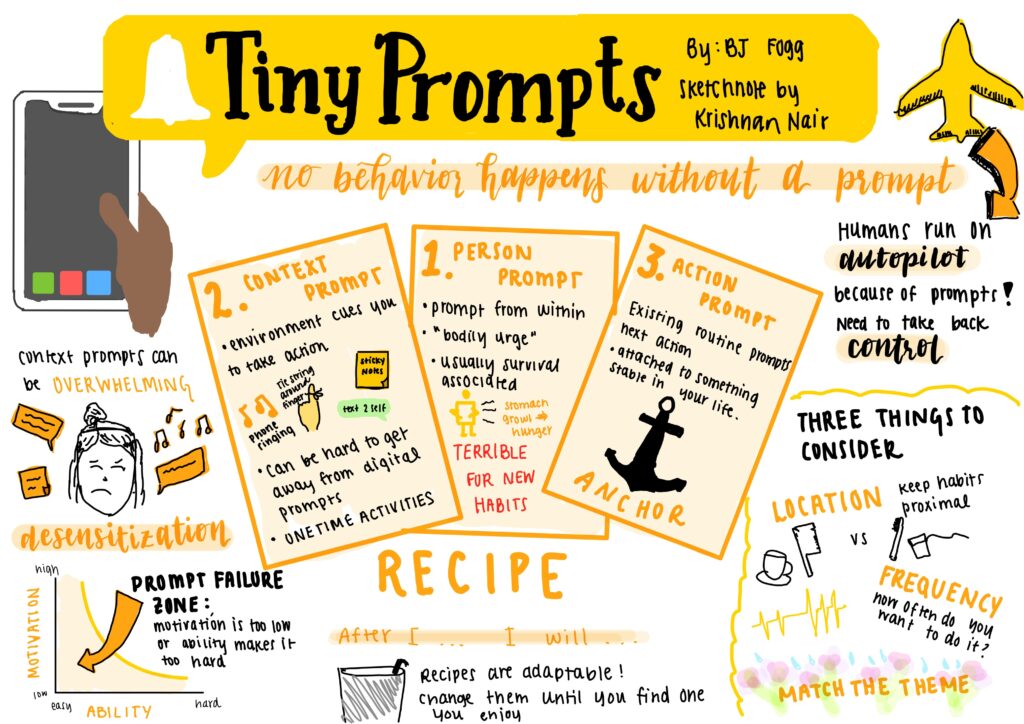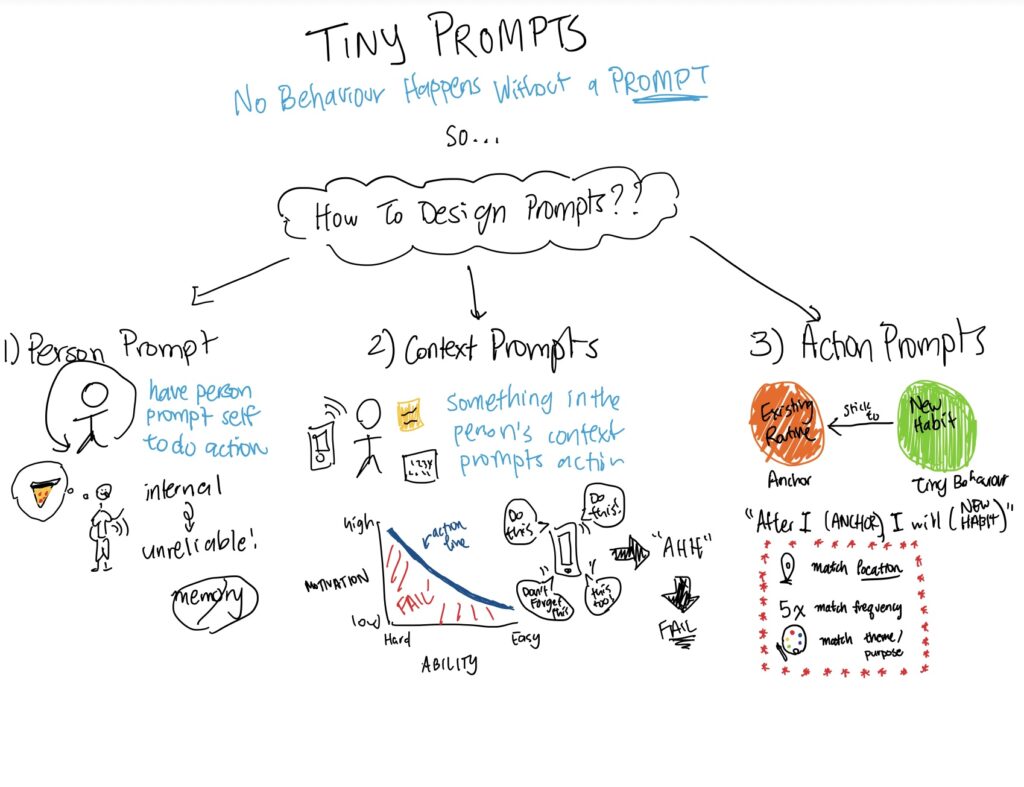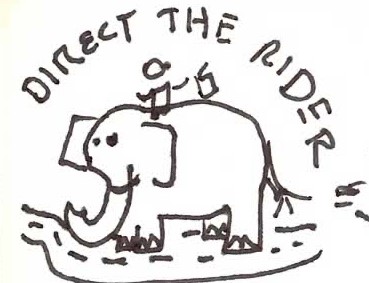Siiquent vs. Teomik
Starting off with Siiquent, their head Isolde targets anything that is required by hospitals and big diagnostic labs for gene-based diagnosis. Due to the high costs of their procedures and equipments and therefore lower margins on test instruments, Siiquent makes most of their profit from biological and chemical compounds, test kits, and other consumables. Isolde herself describes Siiquent’s business model as a razor-blade model: sell shavers (machines) at cost and make money on the blades (consumables).
On the other hand, Emanuel, the head of Teomik, targets anything that is required by research labs and universities for gene-based studies. Since big funders of genetic research can afford high instrument prices, Teomik’s business model focuses on earning high margins on patent-protected devices or more simply put, machines.
Single-Revenue Model vs. Flexibility
Implementing a single-revenue model ensures clarity and consistency from structure. Employees will be merged into a single collaborative unit with everyone operating under the same guidelines and goals. A single-revenue model is also very attractive in a competitive market because it reduces costs by streamlining operations and cutting down on labor costs. However, a single-revenue model, as Isolde and Emanuel pointed out in their conversation with Peter, is stifling in a dynamic market. It would be more difficult to adapt to unique customer, competitor, and employee changes.
However, with a more flexible model, the company can adapt to changing market and customer demands. One example is the way that Siiquent responded to customer complaints about the waste from reagents. As a result, customers will be more satisfied which can result in loyalty and more consistent revenue. On the other hand, handling multiple revenue models can be very challenging, and the models can internally compete with each other for customers. This does not benefit the company nor the customer by feeding them different information from differing models.
Merge
If I were to be tasked with handling a peaceful merge between units, I would, like Peter, start off with a conversation with both unit heads. Each person can individually advocate for the model that they think works best, and then, we can try to work collectively to settle on a solution if it is easily identifiable. If not, I would conduct an analysis on the market landscape and explore different cases where different revenue models are used. Finally, I would eventually settle on the more sustainable revenue model, speak to leadership and stakeholders, and eventually implement a plan for the merge. This plan will not only dictate the merge but also include details for how we can assess performance of the revenue model chosen as time goes on. That way, we can identify issues early on and adjust swiftly and accordingly.



